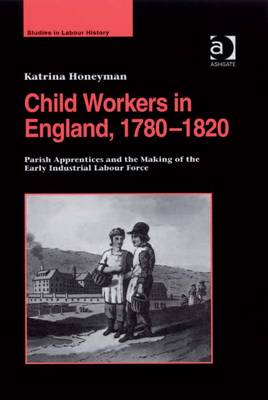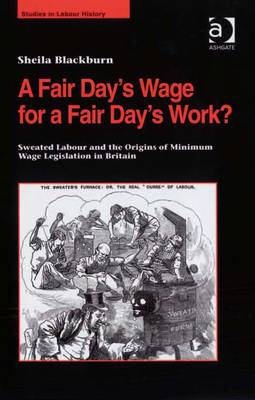Studies in Labour History
3 total works
The Co-operative Movement and Communities in Britain, 1914-1960
by Nicole Robertson
The use of child workers was widespread in textile manufacturing by the late eighteenth century. A particularly vital supply of child workers was via the parish apprenticeship trade, whereby pauper children could move from the 'care' of poor law officialdom to the 'care' of early industrial textile entrepreneurs.
This study is the first to examine in detail both the process and experience of parish factory apprenticeship, and to illuminate the role played by children in early industrial expansion. It challenges prevailing notions of exploitation which permeate historical discussion of the early labour force and questions both the readiness with which parishes 'offloaded' large numbers of their poor children to distant factories, and the harsh discipline assumed to have been universal among early factory masters. Finally the author explores the way in which parish apprentices were used to construct a gendered labour force.
Dr Honeyman's book is a major contribution to studies in child labour and to the broader social, economic, and business history of the late-eighteenth and early-nineteenth centuries.
The nature of sweating and the origins of low pay legislation are of fundamental social, economic and moral importance. Although difficult to define, sweating, according to a select committee established to investigate the issue, was characterised by long hours, poor working conditions and above all by low pay. By the beginning of the twentieth century the government estimated that up to a third of the British workforce could be classed as sweated labour, and for the first time in a century began to think about introducing legislation to address the problem.
Whilst historians have written much on unemployment, poverty relief and other such related social and industrial issues, relatively little work has been done on the causes, extent and character of sweated labour. That work which has been done has tended to focus on the tailoring trades in London and Leeds, and fails to give a broad overview of the phenomenon and how it developed and changed over time.
In contrast, this volume adopts a broad national and long-run approach, providing a more holistic understanding of the subject. Rejecting the argument that sweating was merely a London or gender related problem, it paints a picture of a widespread and constantly shifting pattern of sweated labour across the country, that was to eventually persuade the government to introduce legislation in the form of the 1909 Trades Board Act. It was this act, intended to combat sweated labour, which was to form the cornerstone of low pay legislation, and the barrier to the introduction of a minimum wage, for the next 90 years.


